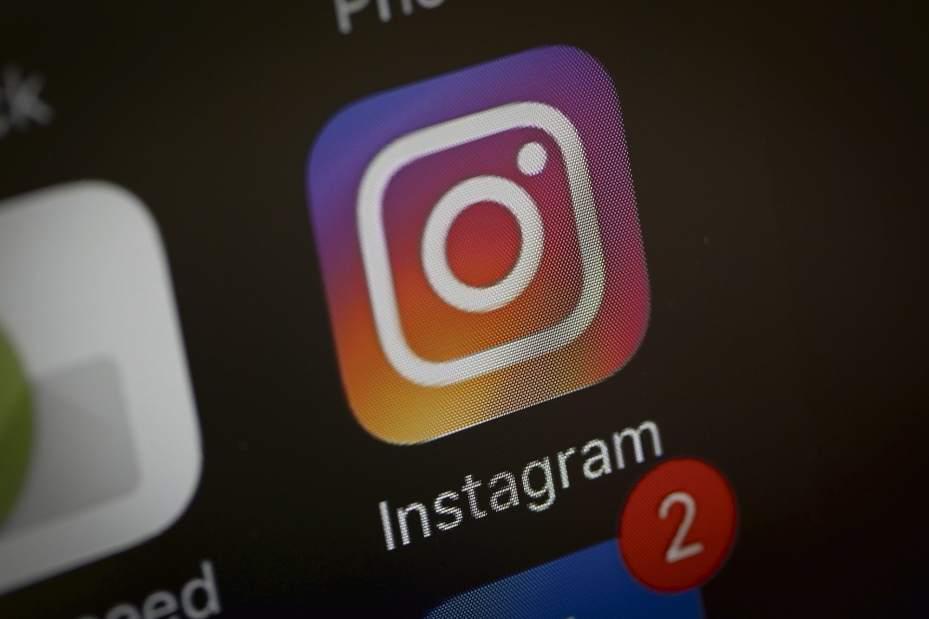As social media documents more of our lives, it shares more of our tragedies
Social media enabled thousands of people to witness the final hours before three young women were killed and a fourth was critically injured in a Bethel Park crash early Tuesday.
Snapchat video taken before the crash showed at least three of the women drinking at a bar and in the car in which they were riding.
Social media sites such as Snapchat, Facebook and Instagram are documenting more and more of people's lives. And they're capturing more — and perhaps contributing to — crimes and catastrophes, experts say.
“It used to be if there was a crime or a tragedy like this one, the police would look for witnesses, and the witness now is Facebook” and other social media sites, said Jason Mollica, a Washington, D.C.-based social media consultant.
“And we're all witnesses now to what's going on on social media,” Mollica said.
In May, a Paris teenager on Periscope broadcast her final thoughts before throwing herself in front of a commuter train . In April, Steve Stephens posted video of himself killing retiree Robert Godwin Sr. to Facebook before leading Cleveland-area police on a manhunt and killing himself in Erie . In February 2015, Jeannette teenager Maxwell Morton sent a Snapchat selfie of himself with the body of 16-year-old Ryan Mangan after shooting him in the face, eventually earning himself a third-degree murder conviction and 30-year prison sentence .
And from Monday night into Tuesday morning, a 10-minute Snapchat story — photos and videos users can continually add to that normally disappear after 24 hours — documented parts of a night out by Bianca Herwig, Paige Smith, Brooke Molnar and Heather Camisa.
Bethel Park police said the SUV in which the young women were riding veered off Library Road and hit a utility pole. Camisa, 17, of Finleyville and Smith, 21, who was driving, died at the scene; Herwig, 23, of McDonald died later at a hospital. Molnar was taken to a hospital in critical condition.
“People feel like there's not an off switch where people would think, ‘Maybe I shouldn't show this,' ” Mollica said. “People think, ‘If I share this selfie with a really graphic image, people are going to share it and see it.' ”
Eric Schiffer, CEO of Los Angeles-based DigitalMarketing.com and the tech holding company Patriarch Group, placed more of the blame directly on social media and the companies' executives for making it easy to broadcast risky or criminal behavior. More filtering and control, he said, are necessary to prevent social media platforms from turning the desire for attention into a dangerous addiction.
“There are many people who are suffering from a screaming desire for significance, even if it's negative attention,” Schiffer said. “The accountability falls at the CEO level for not providing a platform for stone-cold murder or dangerously high levels of risk for young people.”
The share-everything nature of some social-media users is making it more common to see tragedies unfolding online, such as a recent California crash documented on Instagram , Mollica said.
And the potential for an audience or for approval can amplify risk-taking behaviors among posters and glamorize those behaviors among viewers, he added.
“It doesn't help when young adults see celebrities and other friends do things like this and nothing happens,” Mollica said. “Social media can make teens and young adults feel invincible because they don't see or pay attention to the result. The result is what happened to those girls in the crash.”
Matthew Santoni is a Tribune-Review staff writer. Reach him at 724 836 6660, msantoni@tribweb.com or via Twitter @msantoni.

